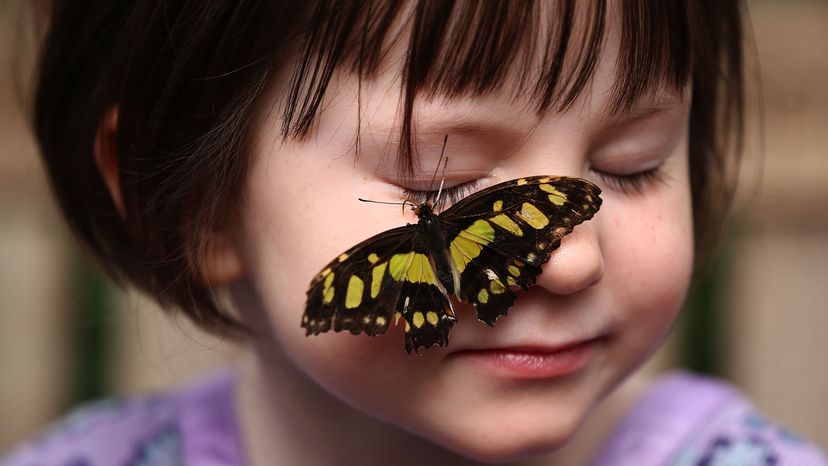
If you thought the butterfly effect was just a terrible 2004 movie starring Ashton Kutcher and Amy Smart, think again. The film was just a new take on a much older concept.
The butterfly effect is the idea that small, seemingly trivial events may ultimately result in something with much larger consequences – in other words, they have non-linear impacts on very complex systems. For instance, when a butterfly flaps its wings in India, that tiny change in air pressure could eventually cause a tornado in Iowa.
Advertisement
In the aforementioned film, Kutcher's character finds a way to travel back in time to his childhood. Every time he makes this journey, he does small things differently – but those tiny changes wind up having major (and horrifying) effects on his adult life.
The term "butterfly effect" was coined in the 1960s by Edward Lorenz, a meteorology professor at the Massachusetts Institute of Technology, who was studying weather patterns. He devised a model demonstrating that if you compare two starting points indicating current weather that are near each other, they'll soon drift apart – and later, one area could wind up with severe storms, while the other is calm.
At the time, weather statisticians thought you should be able to predict future weather based on looking at historical records to see what had happened when conditions were the same as they are now. Lorenz was skeptical. He was running a computer program to test various weather simulations and he discovered that rounding off one variable from .506127 to .506 dramatically changed the two months of weather predictions in his simulation.
His point was that long-range weather forecasting was virtually impossible, in large part because humans don't have the ability to measure nature's incredible complexity. There are simply too many minute variables that can act as pivot points, cascading into much bigger consequences.
As science journalist Peter Dizikes wrote in the Boston Globe:
So, while people often think the butterfly effect means that tiny changes can have big consequences (and we can track this progression to see what change caused what), Lorenz was trying to say that we can't track these changes. We don't really know exactly what would cause a weather pattern to go one way over another.
Lorenz called this "sensitive dependence on initial conditions" when he introduced his work to the public in a 1963 paper titled, "Deterministic Nonperiodic Flow." (The term "butterfly effect" he coined in later speeches about the topic.) The paper was rarely cited by other researchers – at least, at first.
Advertisement

